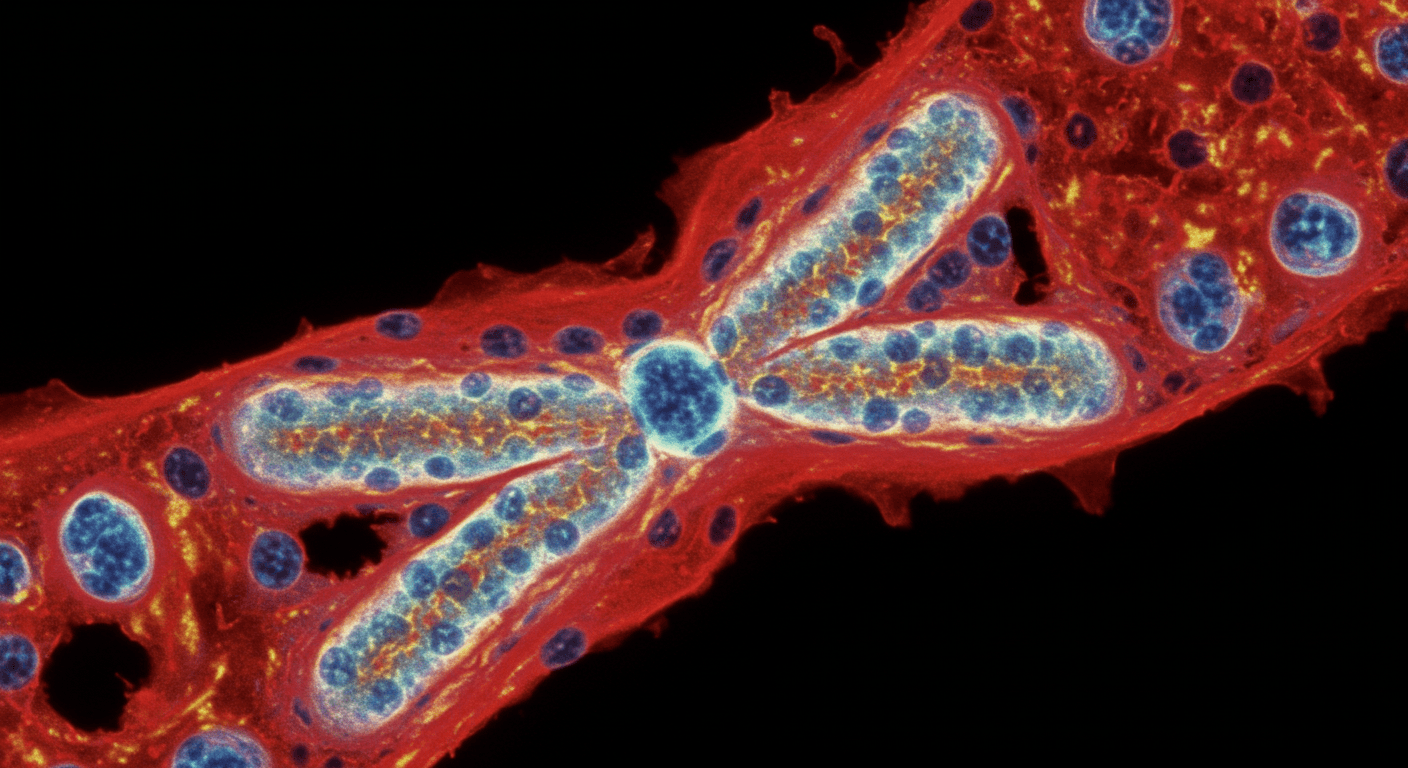Please Note: This post may contain affiliate links. If you click one of them, we may receive a commission at no extra cost to you. As an Amazon Associate, I earn from qualifying purchases.
Let’s face it: life can sometimes feel like a never-ending roller coaster ride where the only safety bar is your own sanity. And if you’re anything like me, that bar has seen better days!
But fear not; mindfulness meditation techniques are here to help us regain control of our mental health without needing a therapist on speed dial or a lifetime supply of chocolate (though, let’s be honest, that would be nice too).
Top Takeaways and Key Concepts
- Mindfulness means focusing on the present moment to reduce anxiety.
- Deep, intentional breathing calms the mind and lowers stress levels.
- Body scan meditation helps release tension by consciously relaxing each muscle.
- Guided imagery transports the mind to peaceful scenes for mental relief.
- Practice consistently, even for short periods, to build lasting habit benefits.
Summary of This Article
The article highlights mindfulness meditation as an effective tool for reducing anxiety and depression. It explains that mindfulness involves staying present and using techniques like deep breathing, body scans, and guided imagery to relax both body and mind. These practices can be done in small, manageable sessions and should be incorporated consistently into daily routines for best results. The article emphasizes progress over perfection, encouraging readers to embrace imperfection while celebrating small achievements in their mindfulness journey.
What is Mindfulness Anyway?

First things first—what exactly is mindfulness? It sounds fancy, right? Like something you’d hear at a yoga retreat in Bali while sipping on organic coconut water.
In reality, mindfulness is simply about being present in the moment. It’s like when you finally put down your phone during dinner and actually listen to Aunt Edna tell her fifth story about her cat Fluffy (who may or may not have superpowers).
Interestingly enough, studies show that practicing mindfulness can reduce anxiety and depression symptoms. By focusing on the here and now rather than worrying about what could go wrong tomorrow (or what went wrong yesterday), we train our brains to chill out just a little bit more.
So why not give it a try? Your inner peace—and Aunt Edna—will thank you.
Breathing Techniques That Actually Work
Now that we know what mindfulness is all about, let’s explore some breathing techniques that can help us get started. You might be thinking, “Breathing? I do that every day!”
Well, yes—but there’s a difference between breathing mindlessly while scrolling through social media and taking deep breaths with intention.
One technique I love involves inhaling deeply through your nose for four counts (like you’re trying to smell fresh-baked cookies) and then exhaling slowly through your mouth for six counts (imagine blowing out birthday candles).
Repeat this several times until you feel as relaxed as a cat lounging in sunlight.
By the way, I think doing this for just five minutes can make an enormous difference in how anxious or overwhelmed you feel. Who knew cookies could help with mental health?
Body Scan: Not Just for Airplanes
Next up is the body scan technique—a fancy term for checking in with different parts of your body one by one. Picture yourself lying comfortably on your bed or couch (no judgment here!), closing your eyes, and starting at your toes.
Do they feel tense? Relax them! Move up to your feet, ankles, calves…you get the idea.
Honestly, it’s kind of like giving yourself a mini massage without having to pay someone else to do it! As you focus on each area of tension and consciously relax those muscles, you’ll likely find that stress melts away faster than ice cream on a hot summer day.
And speaking of summer days—if thoughts pop into your head while doing this exercise (and trust me—they will), just acknowledge them without judgment and gently bring your focus back to scanning your body.
Think of it as training puppies; sometimes they wander off but always come back when called!
Guided Imagery: Your Mental Vacation
If visualizing fluffy clouds makes you feel lighter than air—or if imagining tropical beaches helps melt away worries—guided imagery might become your new best friend! This technique involves picturing peaceful scenes in great detail.
For instance: close your eyes and imagine yourself lying on a beach with soft sand beneath you while gentle waves lap against the shore…sounds relaxing already, right?
Try adding sensory details like warm sunbeams kissing your skin or seagulls squawking overhead—it enhances immersion into this calming world.
Speaking of which—there are plenty of apps available today offering guided imagery sessions specifically designed for reducing anxiety and depression symptoms!
They’re perfect for anyone who struggles with creating their own images during meditation because sometimes our minds just want pizza instead!
Consistency Is Key: Make It a Habit
Now comes the part where I remind everyone how important consistency is when incorporating these mindfulness practices into daily life.
We’ve all heard about forming habits before—like drinking coffee every morning or binge-watching entire seasons of shows over weekends—but establishing regular meditation practice works similarly!
Set aside time each day—even if it’s just ten minutes—to engage in any combination of these techniques mentioned above. Before long they’ll become second nature rather than feeling like another chore added onto an already overflowing schedule filled with responsibilities!
All things considered though; don’t beat yourself up if some days slip by without practicing—you’re human after all! The key takeaway here isn’t perfection but progress toward better managing anxiety & depressive feelings through mindful moments throughout everyday life.
Final Thoughts: Embrace Imperfection
As we wrap up this exploration into mindfulness meditation techniques aimed at reducing anxiety & depression symptoms remember one thing: perfection isn’t necessary!
Life’s messy; embrace those quirks along the way because they contribute uniquely toward who we are as individuals navigating existence together!
So, whether you’re focusing on breathwork during lunch breaks or indulging imagination during evening wind-downs; celebrate small victories along this journey towards improved mental well-being—and maybe treat yourself afterward too (ice cream anyone?)!
Suggested Resources:
Mindful.org
https://www.mindful.org
American Psychological Association
https://www.apa.org/topics/mindfulness
Verywell Mind – What Is Mindfulness?
https://www.verywellmind.com/what-is-mindfulness-2794900
Headspace – Guided Meditations
https://www.headspace.com/meditation/guided-meditation

Kevin Collier is a passionate mental health advocate and writer for SadFAQ.com, where he explores the complexities of depression and mental well-being. With a deep understanding of mental health challenges, Kevin provides compassionate insights and practical advice to help individuals navigate their journeys toward healing. His articles aim to destigmatize mental health issues, offering support and resources for those seeking to improve their emotional resilience. Committed to raising awareness and fostering open conversations, Kevin’s work empowers readers to prioritize their mental health and seek the support they deserve.




